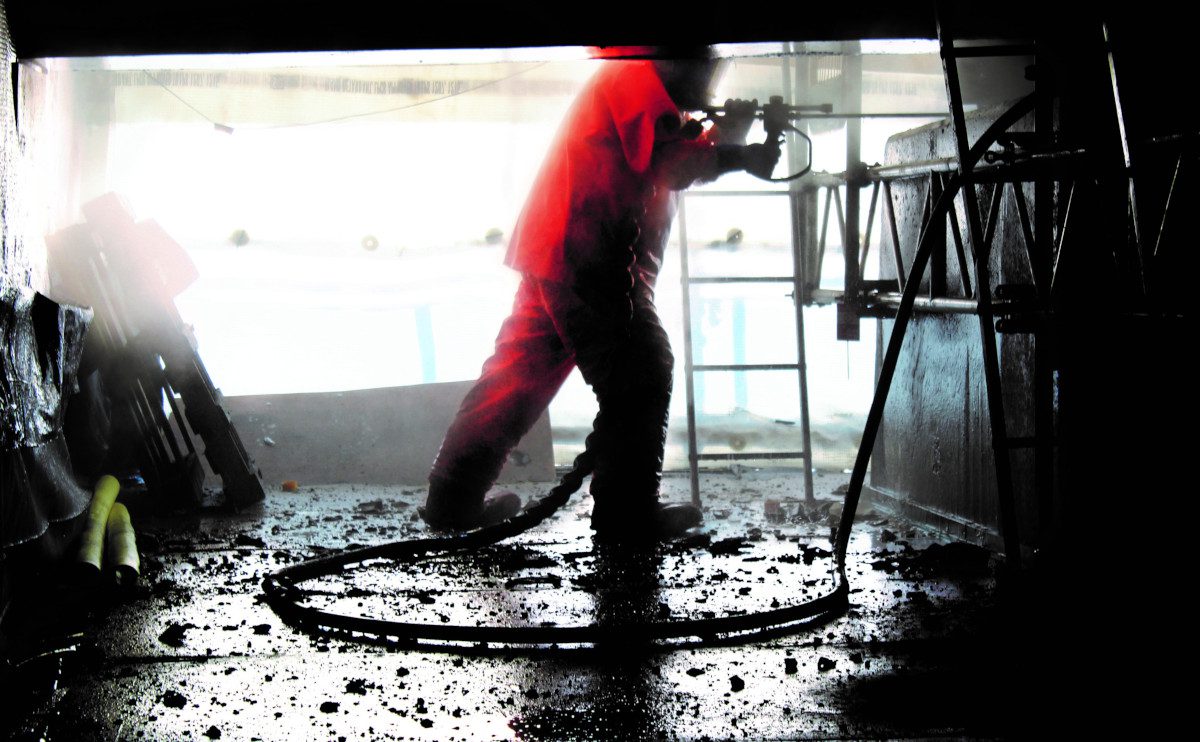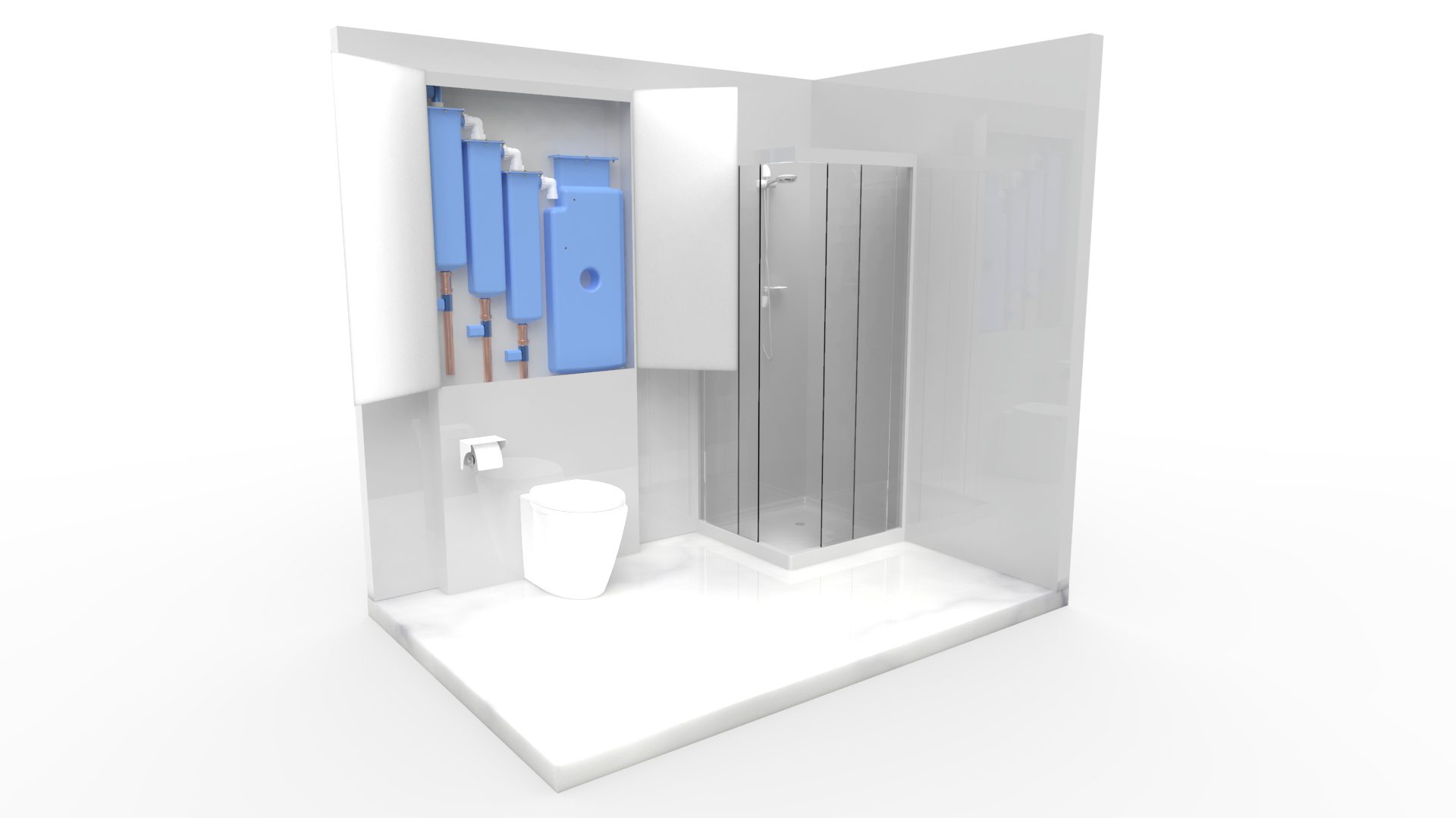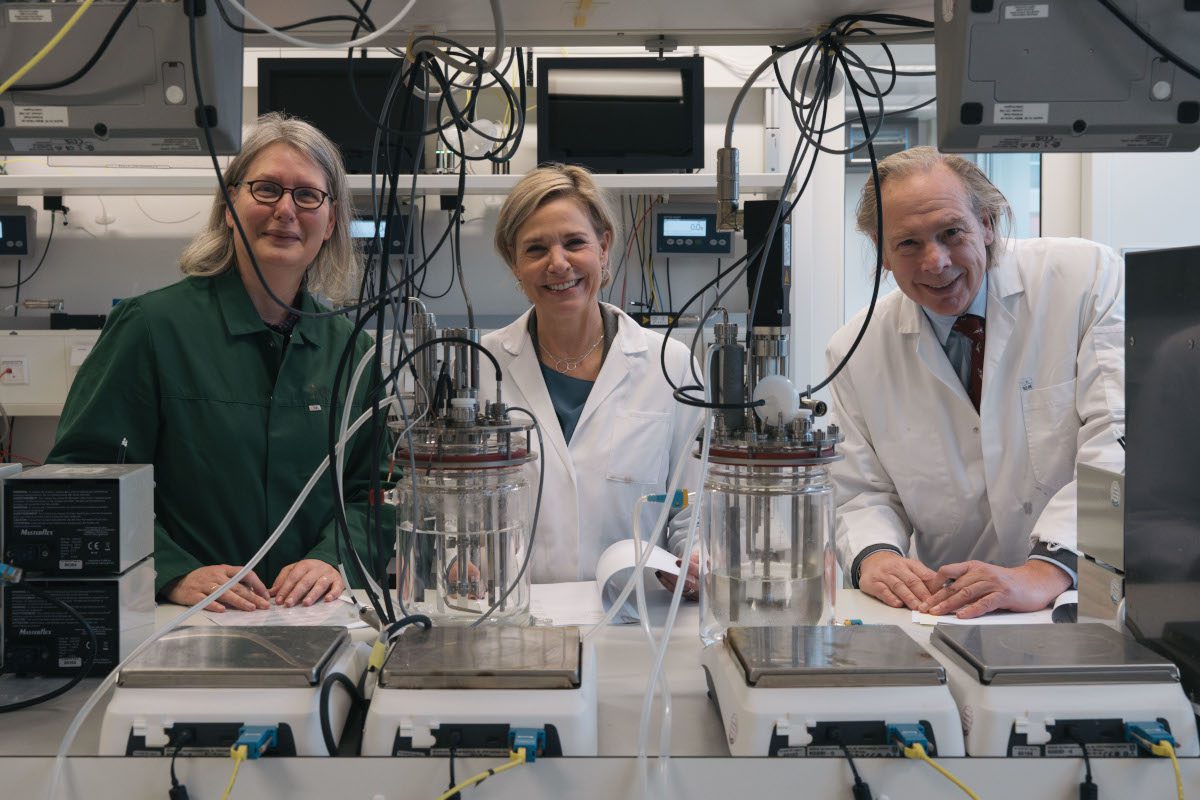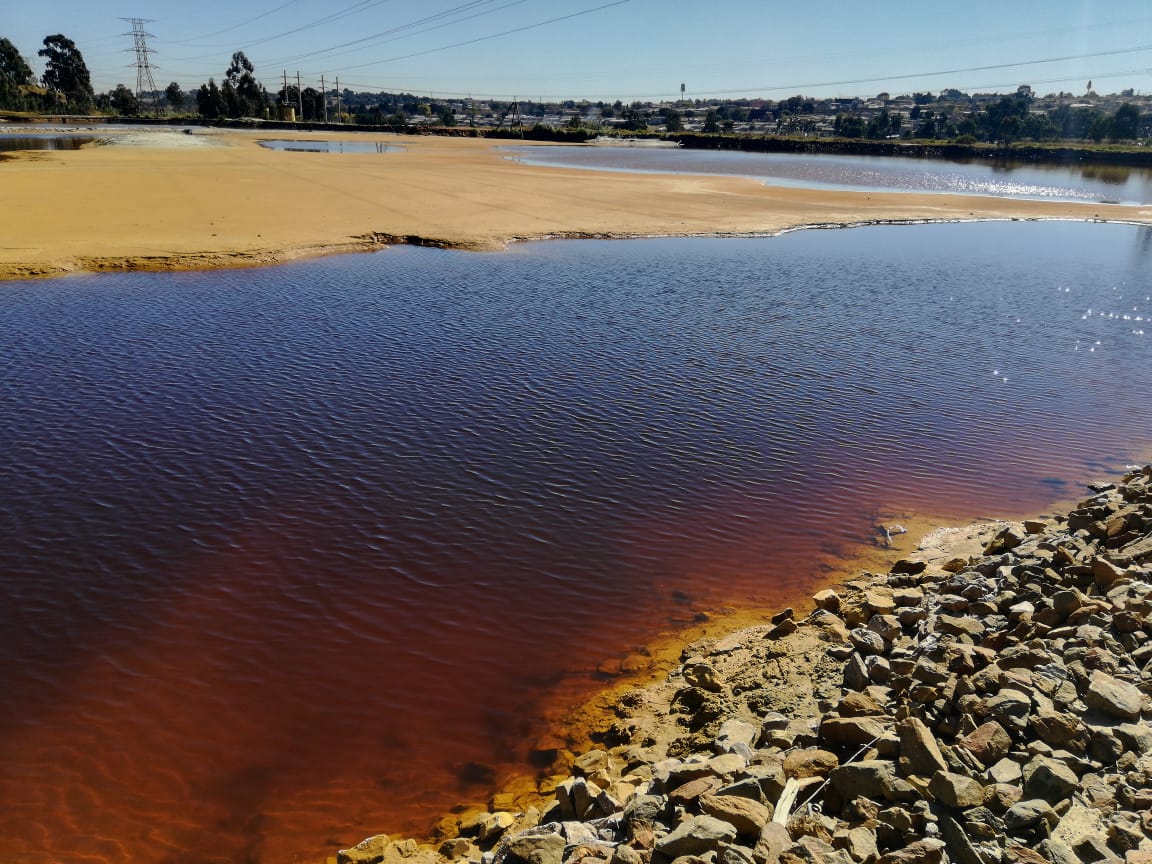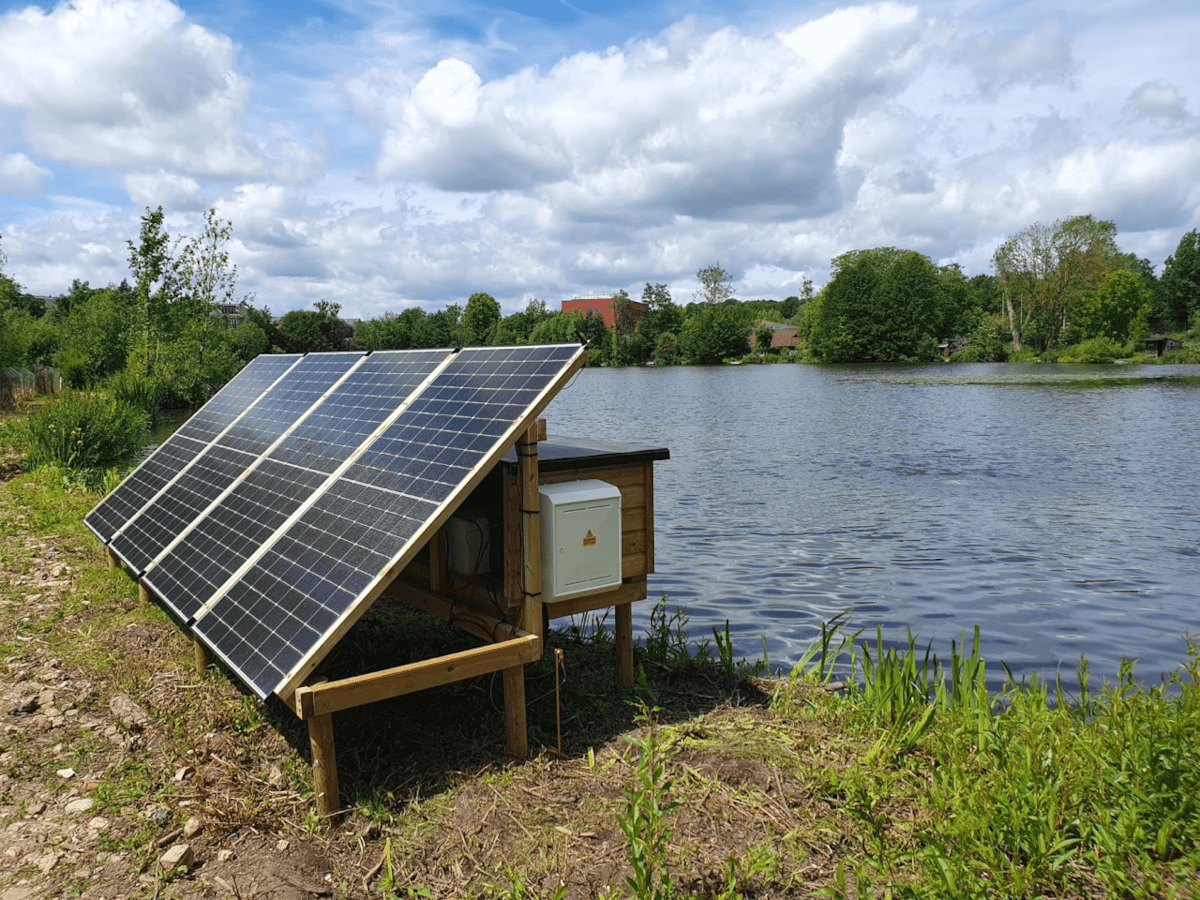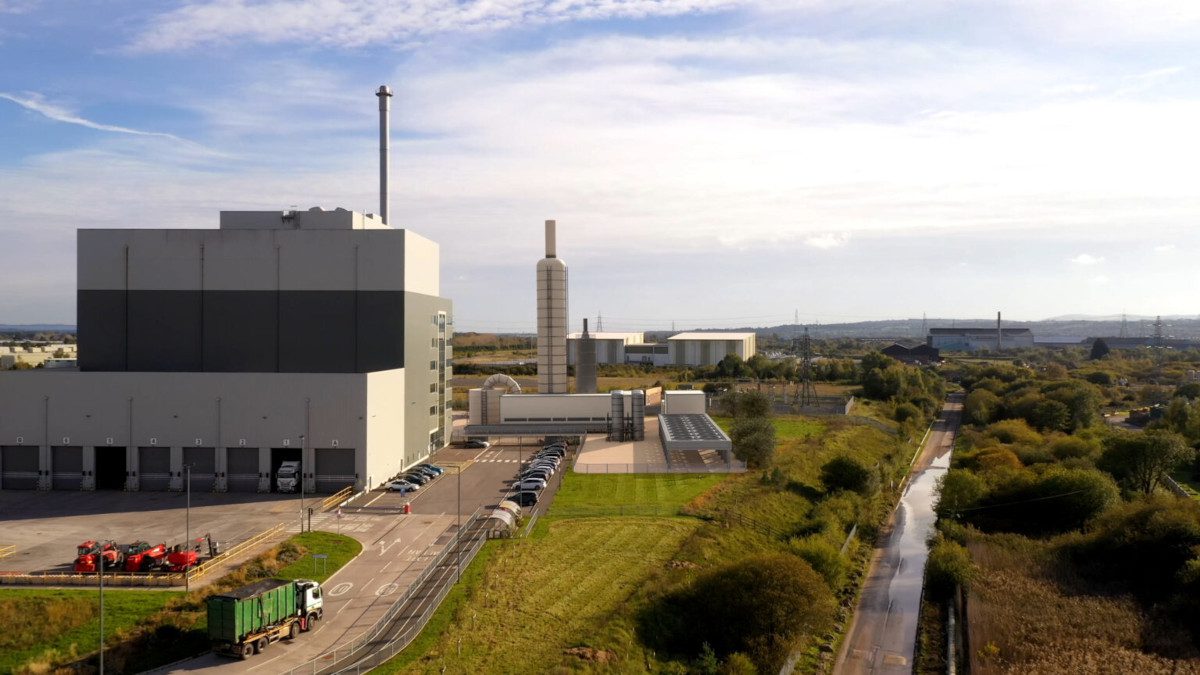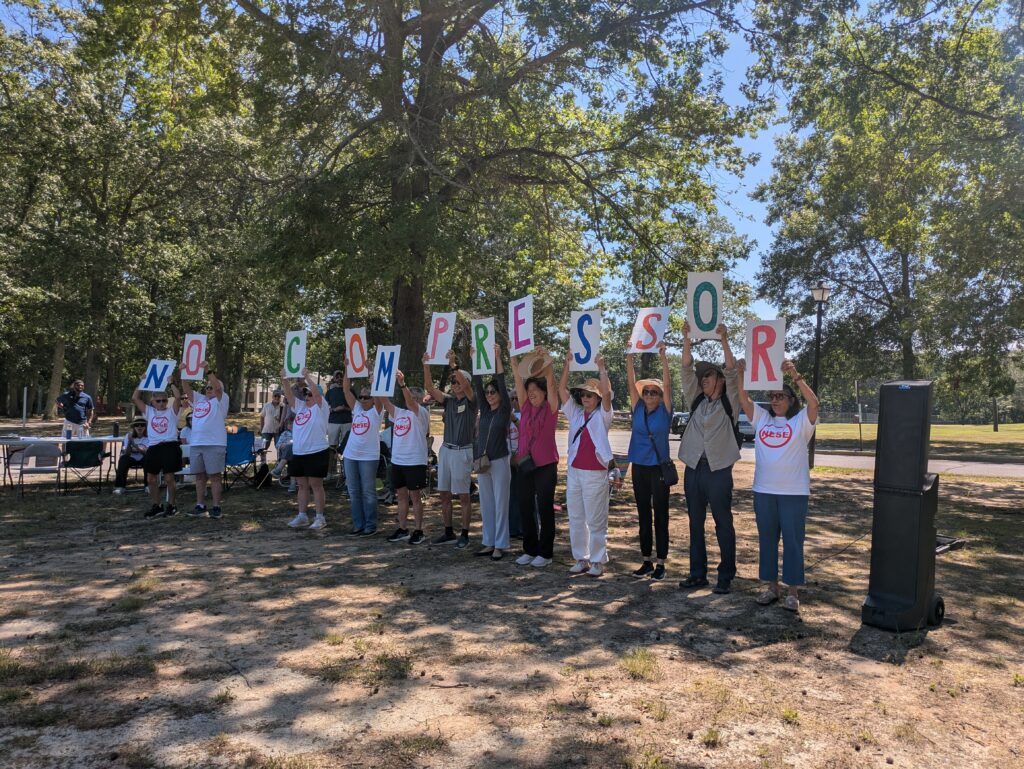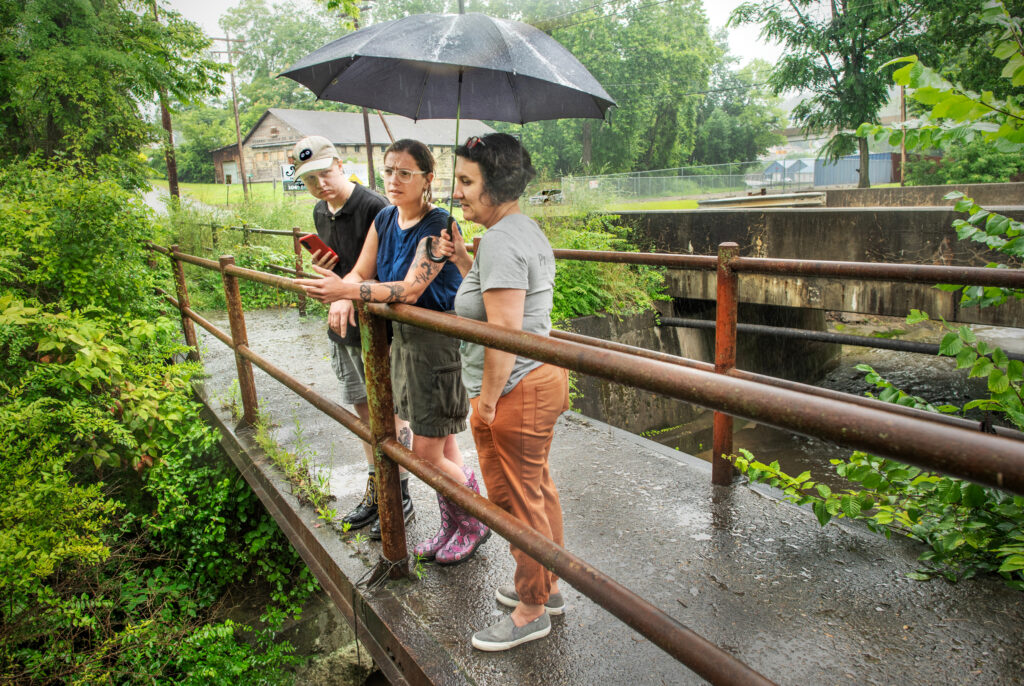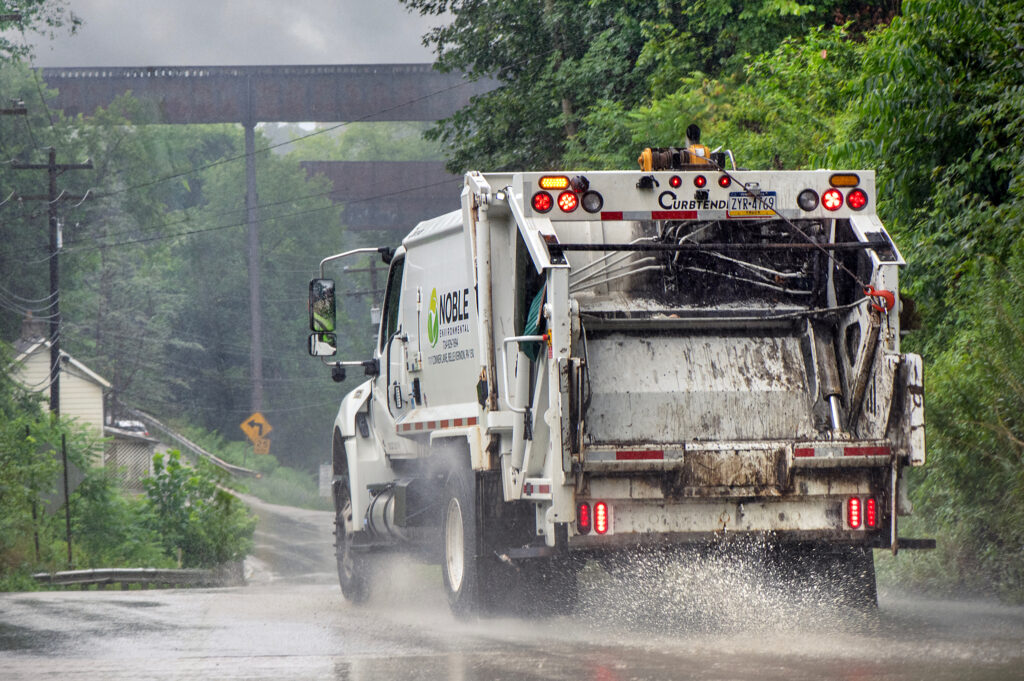A new programme aims to identify, test and fix the most damaging sewage and road run-off outfalls on a ten-mile stretch of the River Roding – London’s third biggest river – with a granularity and scale that is perhaps unusual in an urban catchment. The work is a joint undertaking between environmental charity Thames21 and the River Roding Trust.
This section of the Roding is impacted by more than a hundred outfalls that have the potential to feed pollution from road run off, misconnected properties and combined sewers into the river.
Chris Coode, CEO at Thames21, said: “This project will identify the most polluting outfalls and recommend targeted solutions to address them. It will also establish a baseline for water quality by monitoring key indicators such as phosphates, ammonia, bacteria, and road runoff.”
The River Roding Trust will conduct weekly monitoring with real-time monitoring devices. Meanwhile, Thames21 will be analysing the results and working closely with Thames Water and local authorities to identify and implement practical solutions to the most polluting outfalls. Through the combined efforts of this project, the partnership group aims to deliver much-needed, effective improvements to the poor water quality currently affecting the Roding.1
The monitoring programme, supported through Thames Water’s Catchment Partnership support fund, is presented as an example of how local NGOs, working within ‘The Catchment Partnership’ framework, can drive positive improvements to London’s rivers.
Coode added: “If you’d like to get involved in citizen science water quality monitoring and live in east London, then come along to our free AquaTracker training event on Saturday 9th August. You’ll learn about river pollution, and how to monitor the water quality of waterways in the Roding, Beam and Ingrebourne catchment. Click this link to sign up.”
Notes
[1] https://www.thames21.org.uk/wp-content/uploads/2024/12/Roding-Water-Quality-Report-2024.pdf



